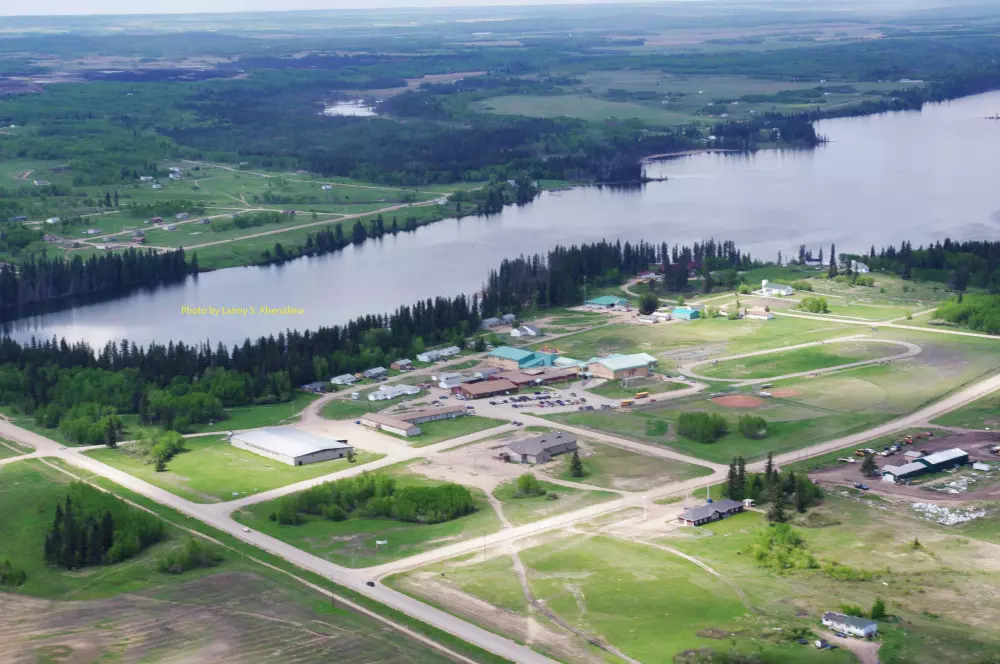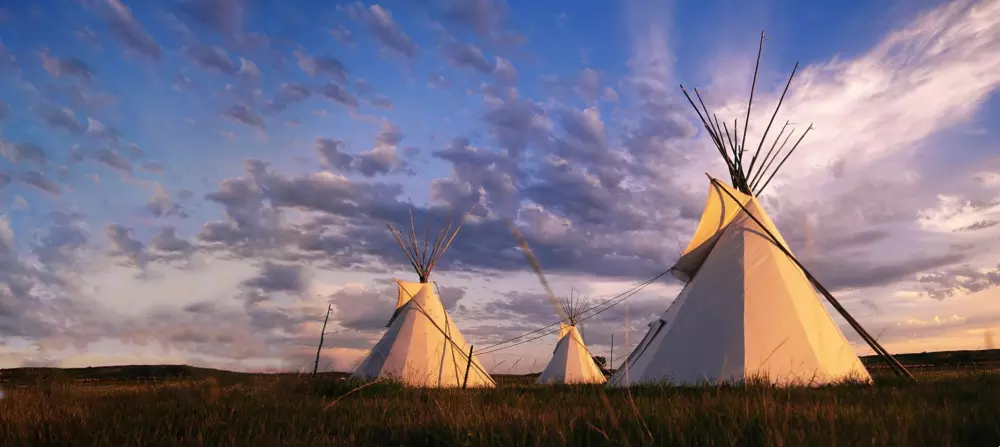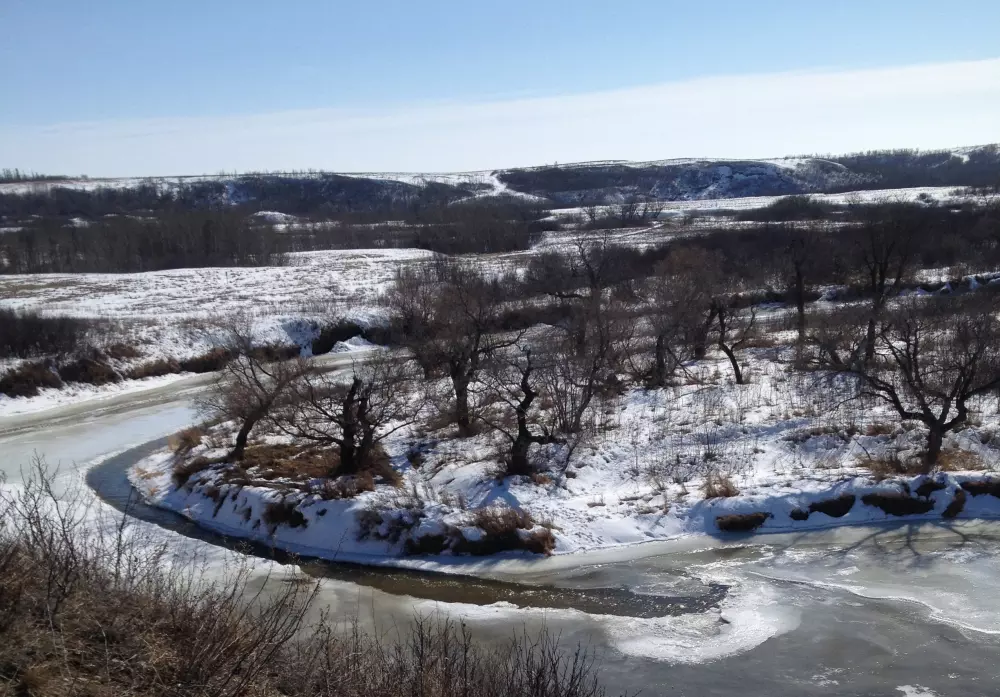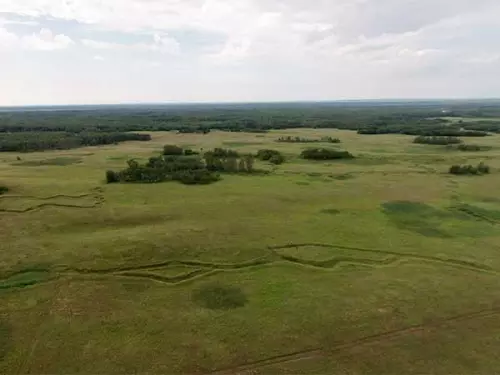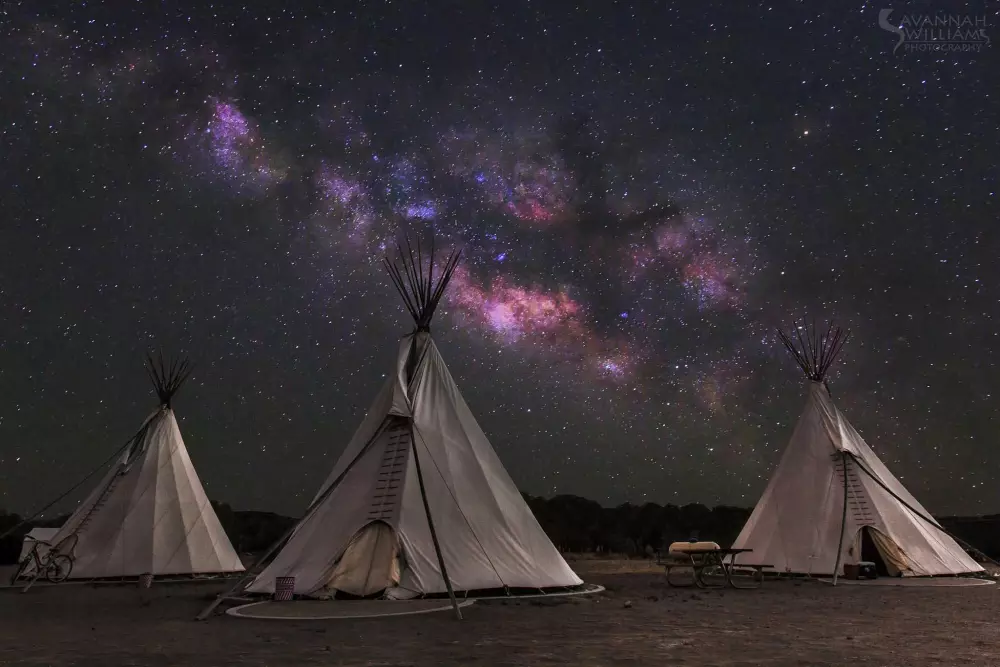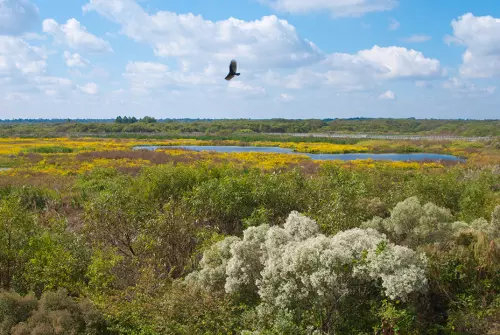STONEY KNOLL FIRST NATION

On August 23, 1876, Chief Chipeewayan and four headmen (Naa-poo-chee-chees, Wah-wis, Kah-pah-pah-mah-chatik-way, and Kee-yeu-ah-tiah-pim-waht) signed TREATY 6 at Fort Carlton, and in 1879 a reserve was surveyed for them. When Chief Chipeewayan passed away in 1877, his son, Young Chipeewayan, became the hereditary chief and the Department of Indian Affairs adopted his name as the proper name for the band. In the difficult years that followed, the band was not able to sustain itself on its Stony Knoll Reserve as it attempted an economic and cultural transition to farming. Treaty pay lists from 1879 to 1885 disclose that band members were paid annuities at Battleford, FORT WALSH (Maple Creek), and Jack Fish Creek, and that their population dwindled. When the NORTH-WEST RESISTANCE took place, the Young Chipeewayan Band was considered to have taken part in insurrection, and annuity payments were withheld. By 1888 the Young Chipeewayan Band was no longer identified as a separate band; Young Chipeewayan himself was included on the Thunderchild treaty pay list. Over the next few years, the land formerly comprising Stoney Knoll Indian Reserve was deeded out to private purchasers. By 1889, all who had received treaty payments as members of the Young Chipeewayan Band had either died, been transferred to the treaty pay lists of other First Nations, or disappeared. On June 17, 1982, Chief Alfred Snake requested on behalf of the Young Chipeewayan Band examination into a specific claim, but was rejected. In 1993 the Indian Claims Commission began an inquiry into the specific claim of the Stoney Knoll Indian Reserve, but the claim remains unsettled.


